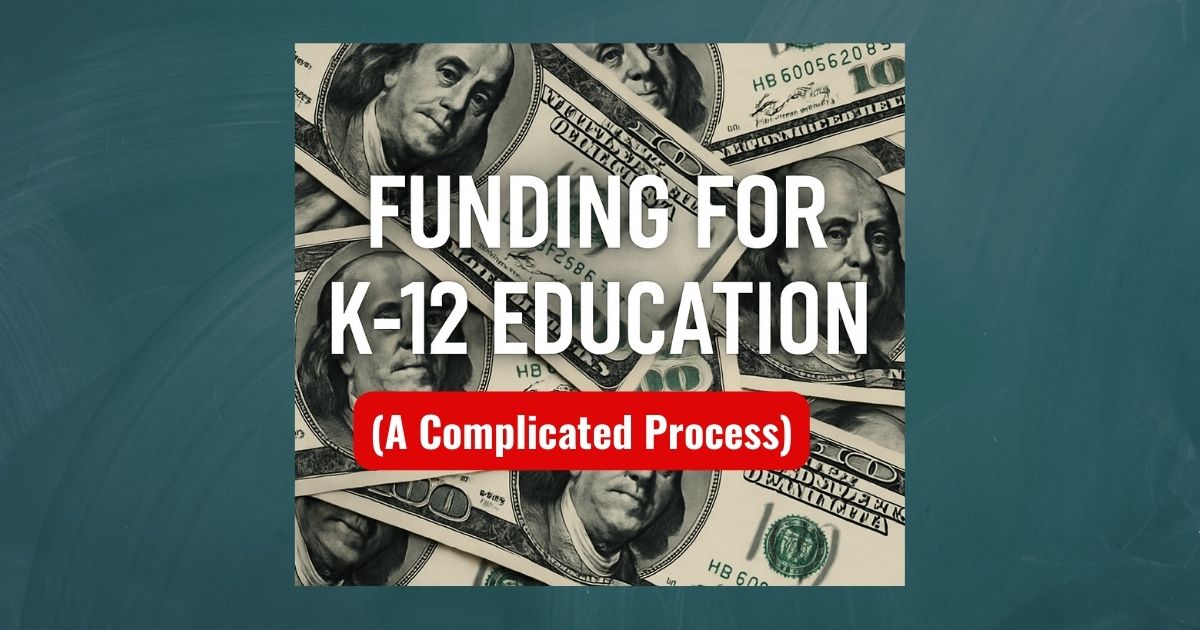By: JC Bowman, Contributing Education Editor
The Tennessee Comptroller of the Treasury has released Research Recap: A Timeline of the Road to TISA. In 2022, Tennessee redesigned its K-12 education funding, replacing the long-standing Basic Education Program (BEP) with the Tennessee Investment in Student Achievement (TISA).
This funding shift signifies a major revision in the state’s educational approach, marking the first significant overhaul in over thirty years. This substantial change brings both hope and challenges. However, it also continues to carry confusion and disparities.
The spirit behind TISA is about modernization and clarity, aimed at streamlining a funding model that had become a labyrinthine mess over the years. The BEP had grown so convoluted that it obscured the very goals of transparency and fairness. Conservative political commentator Steve Gill often termed it “clear as mud”. That may have been kind.
TISA, in contrast, aspires to put students at the heart of funding decisions, ensuring that those with unique learning needs receive the attention and resources they deserve while granting districts the flexibility to allocate funds as they see fit.
An increase in state investment marked the rollout in the 2023-24 school year, with an additional $1.16 billion, representing a 21.6% rise from the previous year. This surge in funding was a key selling point, promising that every school district would benefit from more state dollars than ever before under the old BEP system.
Yet, the transition has revealed its share of growing pains. Many districts are grappling with the new data tracking and reporting requirements that TISA demands, especially when it comes to identifying students with unique learning needs. The launch of the TN PULSE system, designed to handle student service plans, has left some educators feeling overwhelmed and bewildered.
This is where we find ourselves at a crossroads: the state’s desire to oversee and optimize funding often feels like a push toward centralization, with local districts caught in a web of bureaucratic demands. The Tennessee Department of Education now expects districts to account for every student’s so-called “unique learning needs.” It’s a term that sounds official but, in practice, can feel like a catch-all for anything that sets a child apart.
Imagine the teachers juggling lesson plans and classroom management while simultaneously navigating a mountain of forms, all to satisfy a system that seems more interested in metrics than in the magic of education.
And then there’s TN PULSE—a name that conjures images of a dystopian bureaucracy, where school administrators stare blankly at screens, struggling to decipher a system that complicates rather than clarifies.
While the overall funding pool has expanded, the distribution of those resources has not been uniform. Fast-growing districts, such as Madison County, have seen windfalls—an impressive 38.5% increase in funding—while others, like Carroll County, have faced reductions. These disparities underscore a critical point: the success of TISA will hinge on the collaboration between the Tennessee Department of Education and local systems. This partnership has historically been fraught with tension.
Even with TISA, Tennessee’s approach remains an outlier. While many states have adopted student-based funding formulas, others continue to use resource-based models that allocate funding based on rigid staffing and program benchmarks. Tennessee’s commitment to a significant local funding share under TISA—30% for base and weighted funding—sets it apart from the trend toward fully state-funded education systems.
As TISA enters its second year, both state and local leaders must navigate the remaining challenges and ensure the new formula fulfills its promise of fairness and flexibility. With thoughtful adjustments and a steadfast commitment to educational investment, TISA could indeed mark a transformative chapter for Tennessee’s students.
Ultimately, this isn’t merely about funding metrics or bureaucratic compliance; it’s about safeguarding the local control and freedom that defines Tennessee. Taxpayers are watching closely, ready to hold politicians accountable at every turn, ensuring that the interests of the people — especially our children — of the Volunteer State, are never sidelined. Ultimately, it’s about the future of our state and the integrity of our educational system.
















